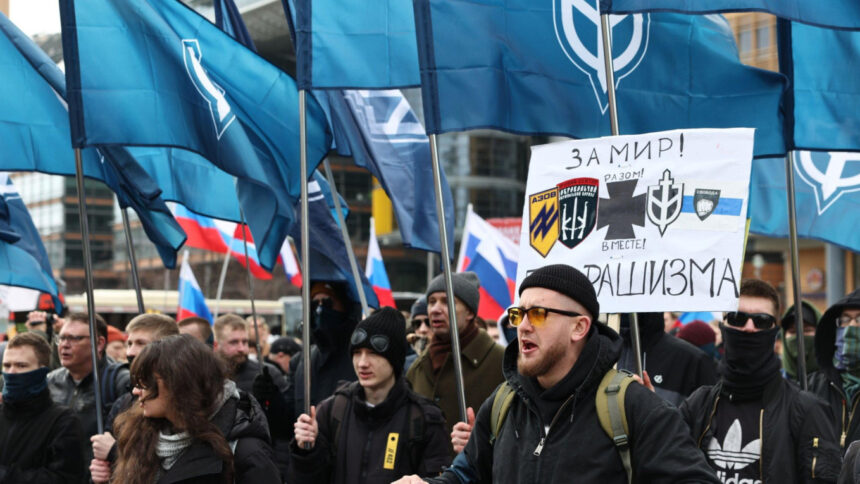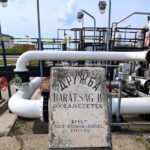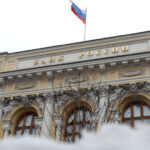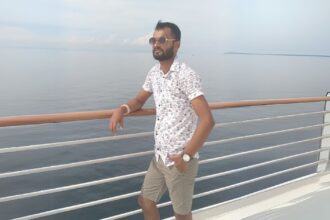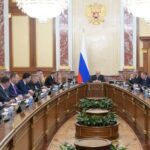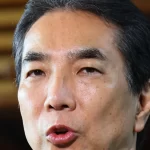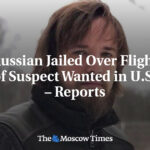According to the most conservative estimates, 1,000 people gathered for this month’s Russian opposition protest in Berlin.
The small anti-war rally in Berlin sparked two burning discussions: whether it was acceptable to march with the Russian flag and how to treat the column of the Russian Volunteer Corps (RVC), a far-right military unit fighting for Kyiv, who came of their own volition.
Both discussions, about symbols and allies, are fundamental because they raise questions that cannot be ignored: Whose side is the opposition on? Who do they represent and where do they see their political future?
As political scientist Viktor Sergeev and philosopher Nikolai Biryukov wrote at the beginning of the century, Russian political culture is built on fear of any social and political schism. These are impossible to avoid. But democracy allows these schisms to be contained and directed in productive ways.
The Russian opposition has been shaken over the past year by schisms involving Mikhail Khodorkovsky, the FBK, Maxim Katz and Leonid Nevzlin. Instead of being a debate about values, these rifts reflect an internal struggle for conformity.
The Russian opposition’s obvious desire to act as a center of gravity for all opponents of President Vladimir Putin’s aggression is understandable. But at the beginning of the fourth year of a full-scale war, this seems insufficient.
The Russian opposition let itself become complacent by clinging to the old myths about all-out international support for Ukraine, Russia’s isolation and the weakness of Putin’s regime.
We are now seeing a hard collision with reality as these myths collapse. The idea that the opposition could use this crisis to ride into power on a white horse did not work out. It could not happen, if only for the reason that they are fighting for their existence, not for the “beautiful Russia of the future.”
Amid all this, the exiled Russian opposition faces the question of how to support Ukraine’s struggle while still hoping for a political future in Russia.
The discussion about the Russian tricolor is the easiest debate to get caught up in. It is not technically difficult to modify the flag itself and promote a new unifying symbol.
The presence of the Russian Volunteer Corps poses a more complicated problem. Almost everyone in Russia knows someone who has fought in the war, been injured or killed. For every one of these people, any Russian who fights against their friends and countrymen is a traitor.
Of course, the RVC considers themselves warriors who are fighting against the regime. But this position has no political future inside Russia.
After the war ends, veterans of the Russian and Ukrainian armed forces may one day be able to meet, as veterans of the Wehrmacht and the Red Army did in the 1990s. But former Vlasovites who fought under Russian command were not invited to these meetings.
Moreover, the RVC is not made up of leftists and liberals, or even right-wing populists, but staunch ultra-rightists, white supremacists and, in some cases, even neo-Nazis. Allying oneself with such people is not only toxic in Russia, but in Europe as well.
The RVC are undoubtedly brave patriots of Ukraine who have proved with their blood their readiness to fight for it. They have a potential future as representatives of a minority Russian viewpoint and perhaps even as a far-right party in the EU.
But they will not return to Russia. Even in the unlikely case of a civil war, their future is a mass grave somewhere near Belgorod — because the public considers Russian traitors even more worthy of death than the Ukrainian enemy. No politician will be able to convince people otherwise.



